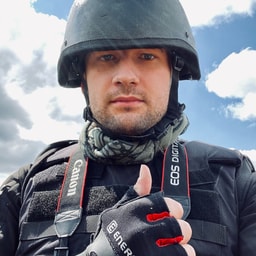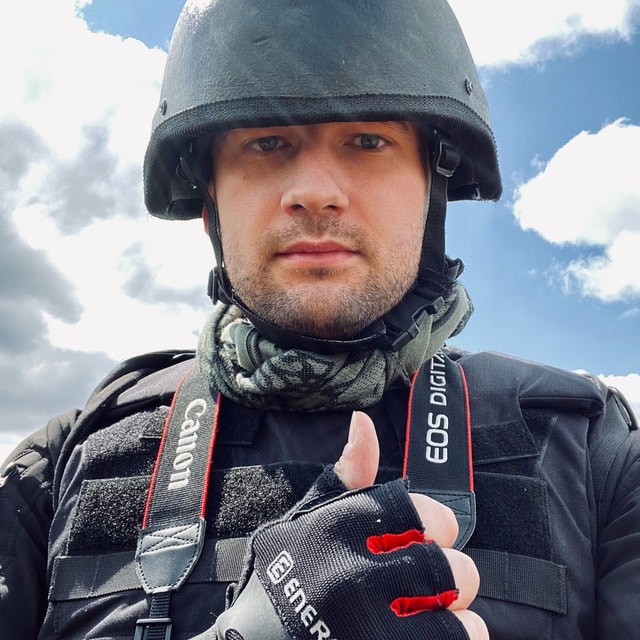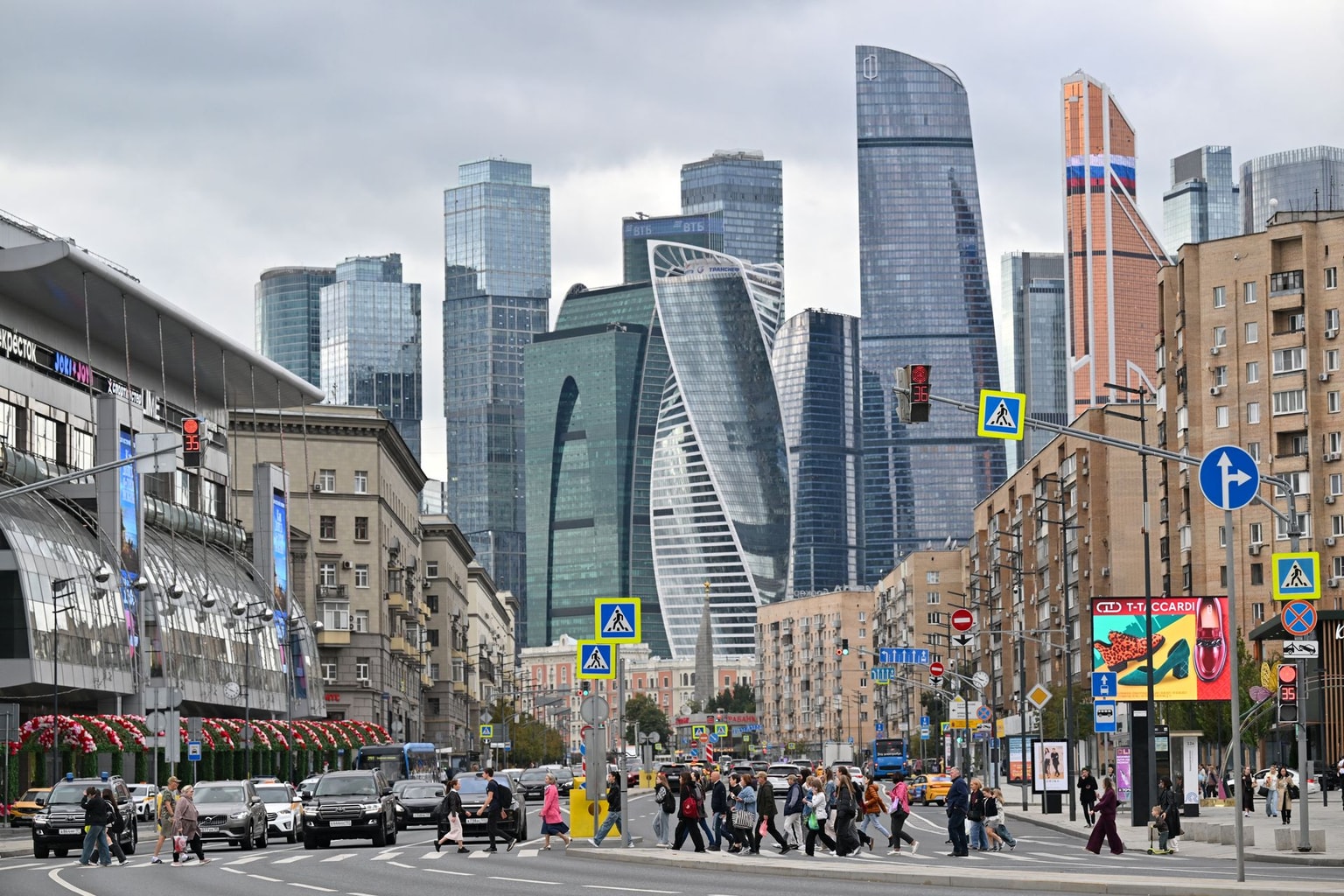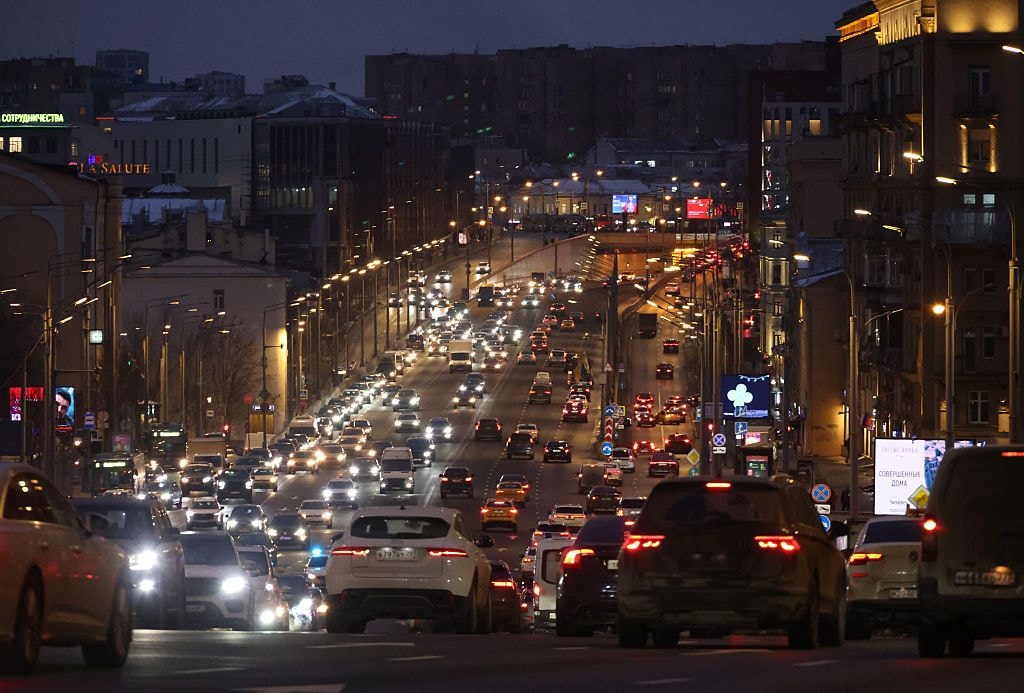What will it take for Ukraine to maintain and operate the M1 Abrams?

The Ukrainian military has passed another milestone by starting to master the M1 Abrams, the top-notch main battle tank to be provided by the U.S.
According to the Pentagon, some 400 Ukrainians are training for the job at U.S. Army bases in Germany. After many months of deliberations about Ukraine's ability to operate the American tanks, Ukraine will get its first-ever Abrams crews and maintenance specialists within the next 10 to 12 weeks.
The M1 Abrams is expected to hit the Ukrainian battlefields later this year, where it will join other Western tanks.
Operating them will be a tough challenge for Ukraine, especially in the middle of a big war on its territory.
Though the Abrams is a mighty symbol of American military power, it’s also a very demanding tank that requires expensive supply chains and complicated maintenance infrastructure.
A new level
Ukraine expects 31 Abrams tanks, the size of a Ukrainian tank battalion, to arrive by fall.
For faster delivery, Ukraine agreed to get the M1A1 version instead of one of the more recent M1A2 variants, the preparation and shipment of which could be complete no sooner than 2024.
According to the Kyiv Independent's sources, the Ukrainian military expects to get the M1A1SA variant, which confirms earlier reports by U.S. media.
The SA ("Situational Awareness") variant notably features FBCB2 communications platform for tracking hostile and friendly units nearby and a thermal scope for a .50 caliber machine gun, which improves the tank's effectiveness against hostile infantry in urban warfare.
According to Kyiv-based think tank Defense Express, the fact that, against expectations, Ukraine gets the older M1A1 version of the tank is not bad news. The M1A1 SA version Ukraine will get is generally as good as the M1A2 SEPv2 modernization introduced in the 2010s, as Defense Express believes.
Under the upgrade program, the Abrams manufacturer refurbishes units to so-called zero-hour conditions, meaning all SA tanks are supposed to be as good as newly-manufactured machines.
And it's a variant widely fielded by the U.S. itself. According to the Military Balance 2023 database, out of 2,645 Abrams tanks on active duty with the U.S. Army, nearly 540 (some 20%) are the M1A1SA.

Australia and Morocco also operate very similar variants.
However, Ukraine’s tanks will not come equipped with third-generation depleted uranium armor because of the U.S. export ban on such.
Apart from that, the United States is also providing Ukraine with maintenance equipment, particularly eight M88A2 Hercules recovery vehicles.
According to Pentagon spokesman Lieutenant Colonel Garron Garn, some 200 Ukrainians are currently deployed to U.S. military installations in Grafenwoehr and Hohenfels in Germany, which suggests that at least 50 Abrams crews are being trained there.
Importantly, according to the statement, the instruction course includes combined arms exercises at platoon, company, and battalion levels, which is essential for unit cohesion.
More than 200 Ukrainian specialists are also getting trained to maintain and resupply the Abrams.
It remains a question if the Abrams is superior to Russia's top tanks, such as T-90M or T-80BVM, or their workhorse T-72B3s, especially given the fact that tank-on-tank combat is sporadic in Russia's war in Ukraine.
But for Ukraine, the acquisition of Western tanks like Abrams, Leopards, and Challenger 2s, is a huge technological leap forward from its old Soviet T-64s and T-72s.
And just like other Western tank types, in combination with advanced infantry fighting vehicles like M2 Bradley or CV-90, the Abrams is expected to greatly enhance Ukrainian infantry support and breakthrough operations.
Maintenance lifelines
Even though Washington said it will provide 31 tanks, it’s preparing more crews than that, opening the possibility that it’ll send more M1s in the future, possibly even an M1A2 variant.
The Ukrainian defense community is discussing the future of Ukraine's tank fleet.
That includes the nation's long-term and post-war military development when Ukraine might need to choose between Abrams and Leopard as its new Western-made main battle tank (or keep both types).
The first, relatively small batch of M1s and its battlefield performance will show if it makes sense for Ukraine to seek and operate more of the Abrams, like its neighbor Poland, the key U.S. ally in continental Europe.
So, as though Ukrainian logistics and maintenance specialists haven't had enough headaches, they will now have to worry about keeping the 62-ton armored behemoths running indefinitely.
"When you compare the Abrams to other western tanks, it's just a very difficult task — not for the crew but for those who support it," says Mark Hertling, the retired U.S. Army Lieutenant General and the former commander of the 1st Armored Division.
The January decision to provide Ukraine with the Abrams came amid hot debates over Ukraine's ability to operate the tanks.
TIME magazine described the U.S. administration as saying, "the Abrams tank was too complicated, too expensive, and too difficult to train Ukrainian forces to use."
In his debates with European allies, the Pentagon, particularly Secretary of Defense Lloyd Austin, insisted that the Abrams turbine engine consumes a lot of jet fuel as opposed to the more savvy German-made Leopard 2 consuming more customary diesel fuel.
The Pentagon was saying Leopard 2 is much more recommended for Ukraine since it's much easier to maintain and is widely available across Europe. After all, the decision to drop the U.S. opposition and send 31 Abrams tanks to Ukraine was made to finally get Germany's green light on massive Leopard 1 and 2 transfers from European nations.
Yet, apart from the natural need to prepare highly-trained and cohesive crews and units, support and maintenance are the most significant concern behind the Ukrainian use of the Abrams.
"Would it surprise you if I told you that, as an armored division commander, the most important unit I had in my command was not one of combat arms units — but it was the support brigade?" says Hertling, a Desert Storm and Iraq War veteran.
"If you don't have the support infrastructure, with the mechanics, with the repairers, with the parts supply system, with the ammo and fuel redistribution, with a long line of communication, all those great 5-million-dollar-a-piece tanks aren't capable of fighting at all."
And in this regard, from Hertling's perspective, the Ukrainian military currently has shortcomings with supply chain management. This remains the biggest concern for the retired general, who is deeply supportive of Ukraine's war effort.
For instance, when it comes to engine repairs, M1s variants are powered by a singular integrated propulsion unit titled Full-Up Power Pack (FUPP), a combination of a Honeywell AGT1500 turbine engine and an Allison X1100-3B transmission.
And since it's a jet engine, air filters must be cleaned every 12 hours via startup and cool-down procedures.
"All those things can be taught to the crew, but if ever they make a mistake — and they will — it blows a million-dollar engine that can't be repaired in the field," Hertling says.
"It has to be taken out of the vehicle, shipped back over the supply line, and replaced with a new engine. You can ask why can't it be repaired in the field. I guess if you have a bunch of jet mechanics in your field location where the tanks are, you could. But that's not what the U.S. military does. We pull the engine and ship it back to depot-level maintenance, and they repair both the engine and the transmission."
The same goes for multiple pieces of electronic equipment, from the commander's independent thermal viewers to ballistic computers and many other sophisticated components.

"Now you can say crews can learn all that," Hertling says.
"Yes, they can. But having been a tanker myself, what I tell you is when one of those black boxes breaks… you have to take the whole thing out, transport it back to be repaired, and replace it with another one."
In this regard, it might be good that Ukraine will get an M1A1 version that is simpler but has everything Ukraine needs.
Hertling added that the Abrams given to Ukraine are invariably aged machines, the maintenance of which becomes even more complicated as time goes by.
Years ago, as a young tank battalion commander in charge of 54 vehicles, Hertling was glad if 90% of his tanks were fully operational. His son, who was recently also a tank battalion commander, considered himself lucky to have 80% of his M1s ready to go at any given moment.
"And he was in a location in the United States where the depot-level maintenance and supplies were located," Hertling says.
"When he broke something, the place that would fix it was right around the corner. When we're talking about supply lines in combat, it's a whole different story, especially with the length of the supply lines going into Poland."
All these challenges, along with the acquisition and support of a myriad of other Western-provided types of weapons, equipment, and vehicles, are now up to the Ukrainian command to resolve.
"From the perspective of a guy who commanded forces in combat, I know every time I was given something new, it was a pain in the ass to try and get everything trained in order to incorporate it," Hertling says.
"And Ukraine's forces have seen all sorts of new things coming their way. I know (Ukraine's armed forces general-in-chief Valeriy Zaluzhny) is probably pulling his hair out, of what little hair he has, to try and get everything massed together — so that he can begin a counteroffensive."
Note from the author:
Hello! My name is Illia Ponomarenko, the guy who wrote this piece for you.
I hope you found it useful and interesting. I work day and night to bring you quality stories from Ukraine, where Russia is waging the biggest war in Europe since WWII. My little homeland, Donbas, is now the site of the worst fighting. We are helping to keep the world informed about Russian aggression.
But I also need help from every one of you — to support Ukrainian wartime journalism by donating to the Kyiv Independent .
Together, we can help bring peace to Ukraine.










